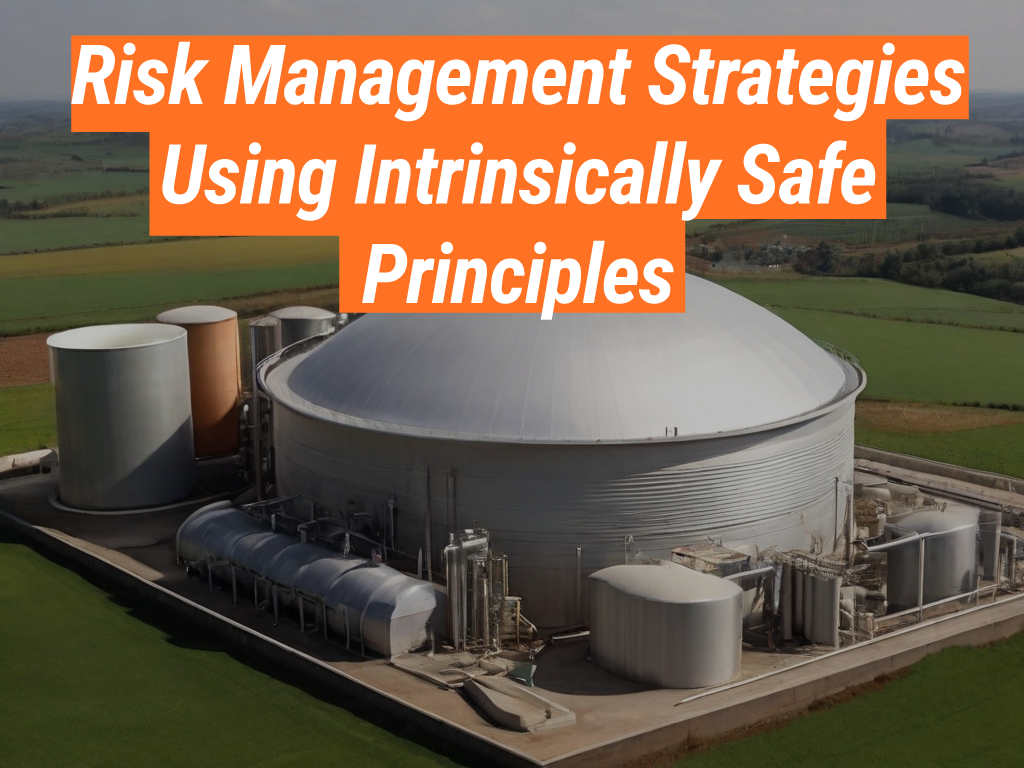When it comes to managing risks in hazardous environments, the use of intrinsically safe principles is paramount. The Intrinsically Safe Store brings you this article that will delve into the importance of these principles and how to effectively implement them in risk management strategies. We invite you to visit our website to learn more about our range of intrinsically safe products and services.
Understanding Intrinsically Safe Principles
Designers use intrinsically safe principles as guidelines to prevent the ignition of potentially explosive atmospheres. These principles are based on the concept of limiting the electrical and thermal energy in a system to a level below what is required to ignite a specific hazardous atmospheric mixture.
The Role of Intrinsically Safe Principles in Risk Management
Implementing intrinsically safe principles in risk management strategies can significantly reduce the likelihood of accidents in hazardous environments. These principles are particularly crucial in industries such as oil and gas, mining, and chemical processing, where the risk of explosion is high.

Key Benefits of Intrinsically Safe Principles
- Reduced risk of ignition: By limiting the energy available for ignition, intrinsically safe principles significantly reduce the risk of explosions.
- Increased safety: These principles enhance the safety of workers in hazardous environments.
- Cost-effective: Intrinsically safe equipment often has a lower total cost of ownership compared to explosion-proof equipment.
Implementing Intrinsically Safe Principles in Risk Management Strategies
Implementing intrinsically safe principles in risk management strategies involves the use of intrinsically safe equipment and adherence to safety regulations and standards. Here are some steps to consider:
- Use intrinsically safe equipment: This equipment is designed to operate with low energy levels, reducing the risk of ignition.
- Adhere to safety regulations: Compliance with safety regulations and standards is crucial in maintaining a safe working environment.
- Regular training: Regular training on the use of intrinsically safe equipment and safety procedures can help reduce the risk of accidents.
Case Study: The Impact of Intrinsically Safe Principles
A study conducted by the National Institute for Occupational Safety and Health (NIOSH) found that the use of intrinsically safe equipment significantly reduced the risk of explosions in coal mines. The study concluded that the implementation of intrinsically safe principles in risk management strategies could save lives and prevent property damage.
Integrating Intrinsically Safe Principles into Risk Management
Intrinsically safe principles play a crucial role in risk management strategies, particularly in hazardous environments. By limiting the energy available for ignition, these principles can significantly reduce the risk of explosions, enhancing the safety of workers and protecting property. The Intrinsically Safe Store commits to promoting these principles by providing a wide range of intrinsically safe products and services.
We invite you to contact us for more information on how we can help you implement these principles in your risk management strategies.


























